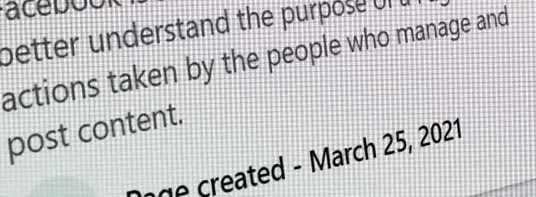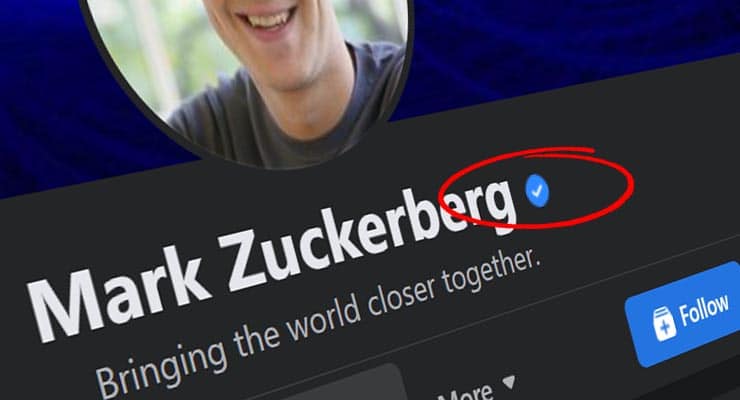How to spot a cloned company social media page
Social media offers companies a great way to connect to their customers. These days most of the brands you know will probably have their own Twitter, Facebook and Instagram accounts.
But in the world of social media, anyone can create an account, and they can call it almost anything they want. This had led to spammers and scammers creating accounts and business pages designed to impersonate well-known brands in order to scam other social media users.
Such scams are often designed to gain the trust of social media users so they can be directed to scam websites or tricked into giving away sensitive information about themselves.
Thankfully there are ways you can differentiate between legitimate social media pages and imposters. We go through a few effective ways here.
Verification Ticks
Most social platforms will offer verified brands a verification tick or mark that shows they are genuine, and this is often the easiest and most effective way of determining if a page is legitimate. However we still see this really simple method getting overlooked.
On Facebook, the verification tick is blue and white and appears after the page name, as per below.

Twitter and Instagram both use these ticks, and they also appear straight after the account or page name.
If you see a page of an unrecognizable brand posting from an account that lacks such a tick, it is probably going to be a scam.
Be aware however that smaller businesses such as local companies may not have these verification ticks, meaning you will need to use other methods of determining their legitimacy. However large, national or international brands should almost certainly have a verification tick.
Sponsored Content. Continued below...
Account or page age
Seeing how long the account or page has been active is also a great way of checking its legitimacy. Genuine pages will likely have been around for longer, usually a number of years. Fake pages on the other hand will usually be less than a year old.
On Facebook, the age of the page can be seen using the Facebook Transparency tool. More information on using that can be seen here.

On Twitter, the age of the account is below the biography section at the top of the account.
On Instagram you need to use the app as they inexplicably don’t allow you to check using the website. Go to a profile, select the three dots on the top right and select About Account… Then check the Joined date.
Sponsored Content. Continued below...
What is the page posting?
While brands and companies may use social media to post promotions and competitions, any page that appears to be predominately posting “too good to be true” deals and promotions, then it is probably going to be a scam.

Scroll down a page or account’s feed to see what posts it is making. It is unlikely that the feed of a company or brand is going to be full of giveaways and competitions.
Check the account followers
The pages of big brands will have plenty of followers, and the bigger the brand, the more followers it will probably have. As such, another way to spot a fake is to check how many followers a page has.
You can expect big brands like Walmart, Costco, airline companies and Disney to have hundreds of thousands, even millions, of followers. If it is significantly less (hundreds or a couple of thousand) then it is likely to be a scam Facebook page.)
Obviously smaller brands won’t have millions of followers, so always weigh up how many followers you expect a brand or company to have based on how big they are.
Continued below...
Thanks for reading, we hope this article helped, but before you leave us for greener pastures, please help us out.
We're hoping to be totally ad-free by 2025 - after all, no one likes online adverts, and all they do is get in the way and slow everything down. But of course we still have fees and costs to pay, so please, please consider becoming a Facebook supporter! It costs only 0.99p (~$1.30) a month (you can stop at any time) and ensures we can still keep posting Cybersecurity themed content to help keep our communities safe and scam-free. You can subscribe here
Remember, we're active on social media - so follow us on Facebook, Bluesky, Instagram and X
